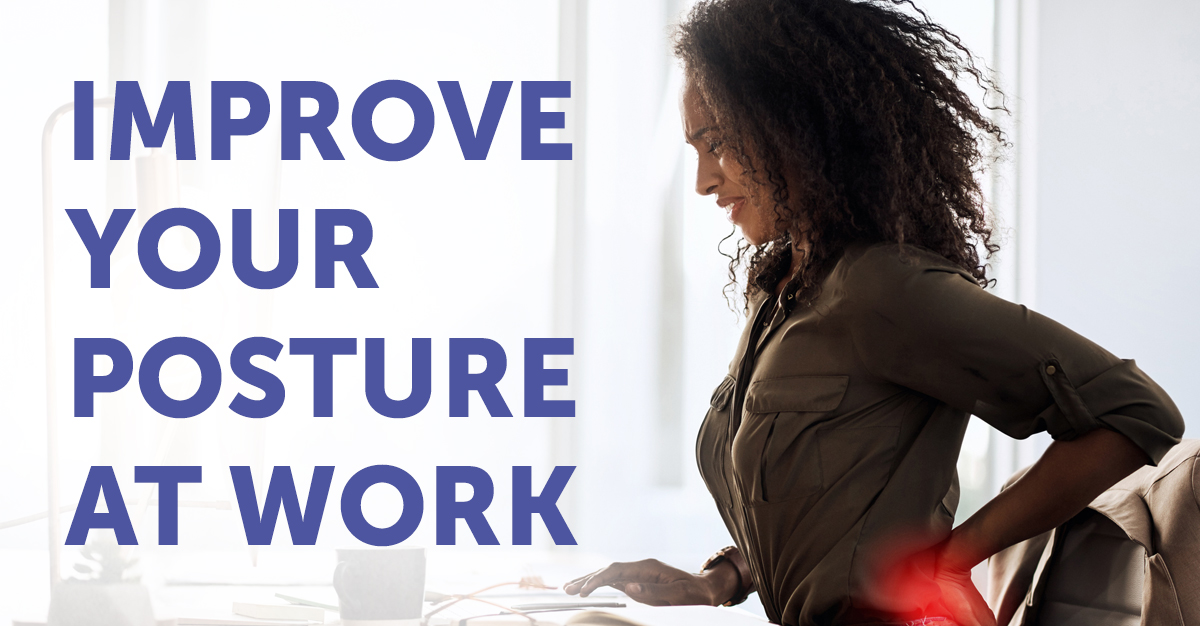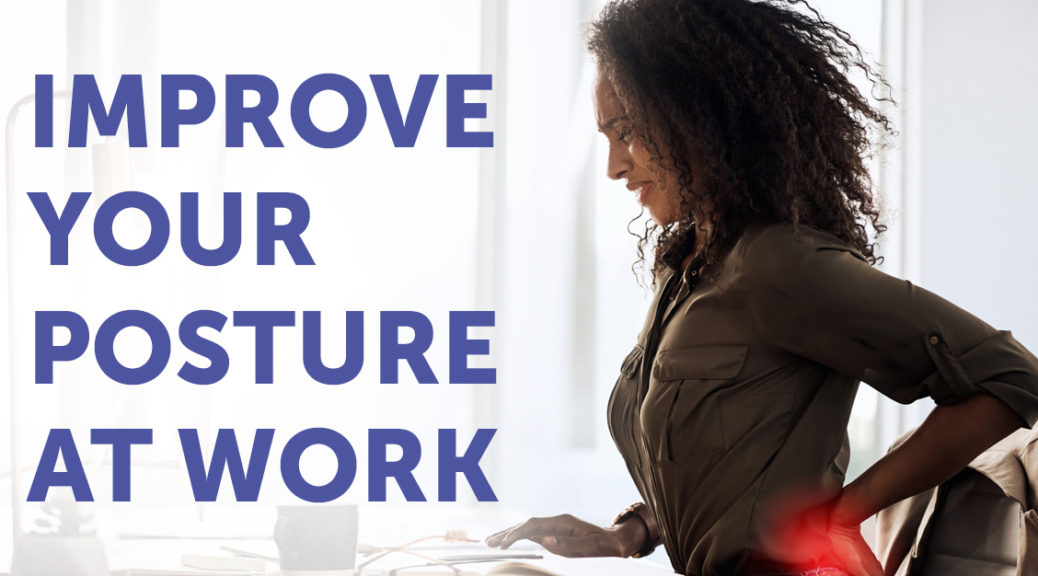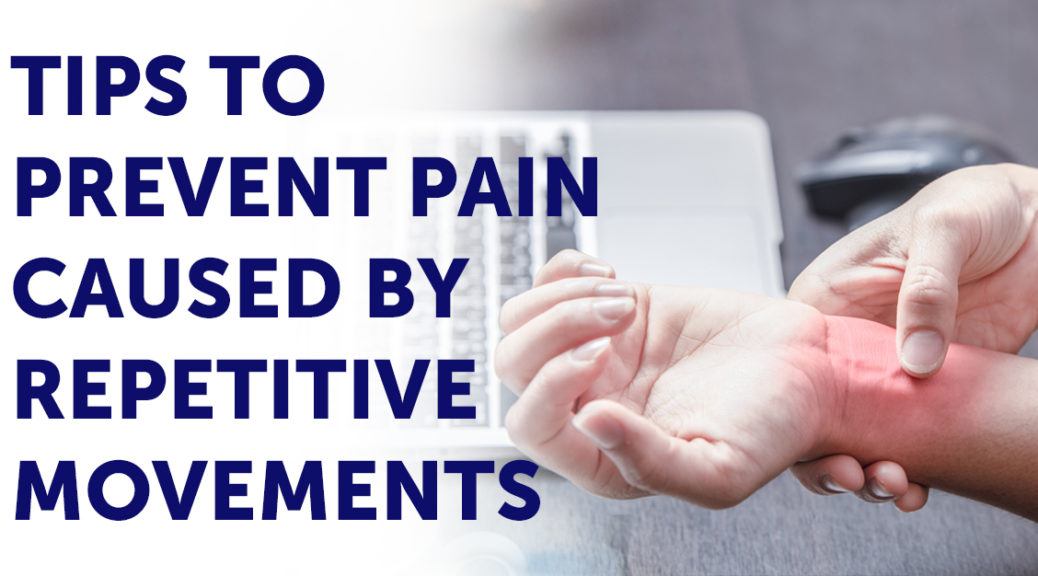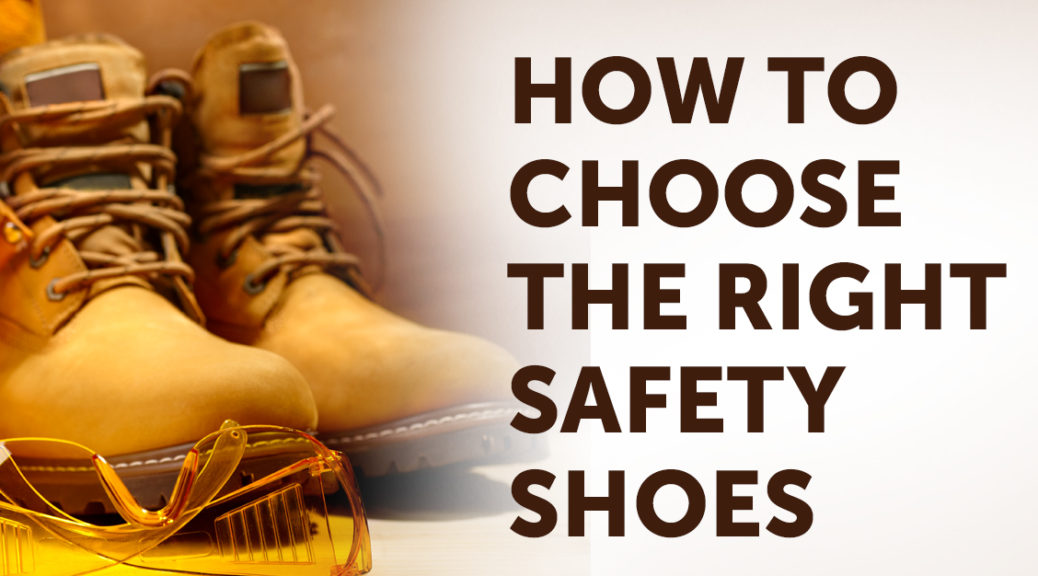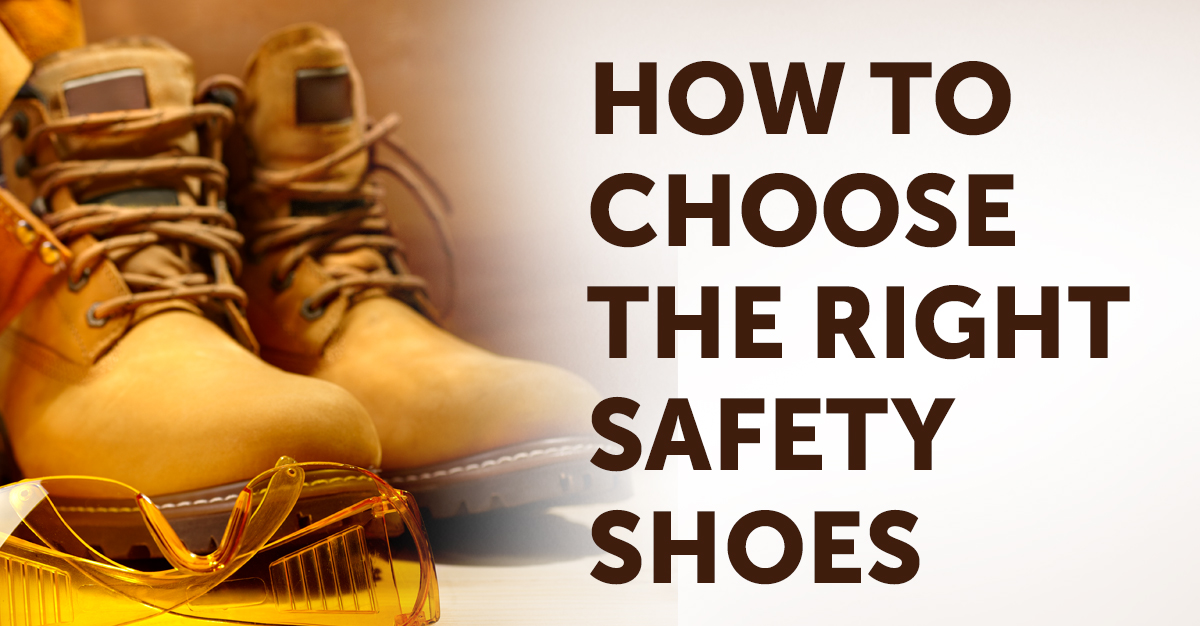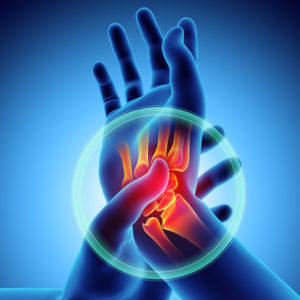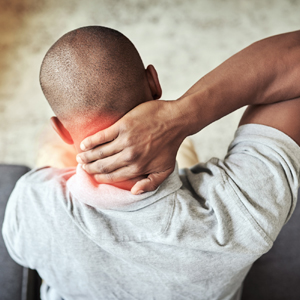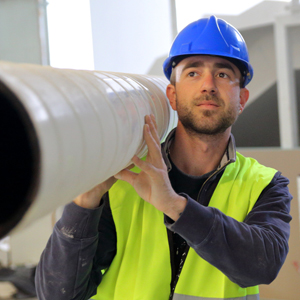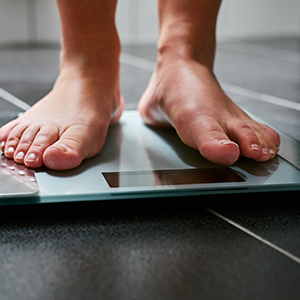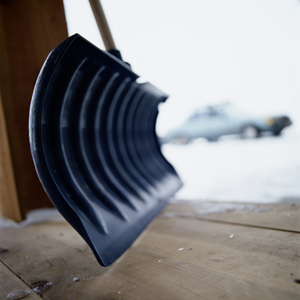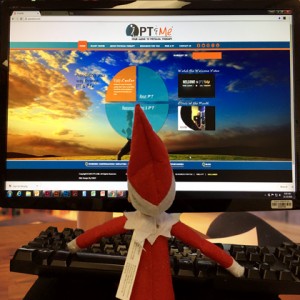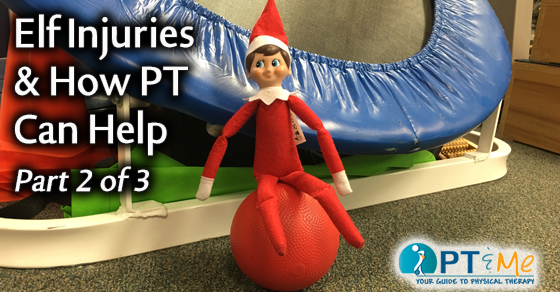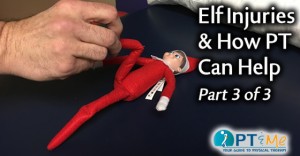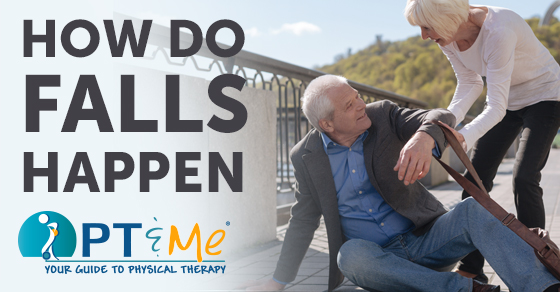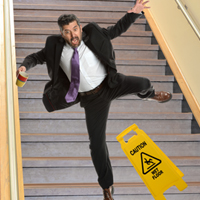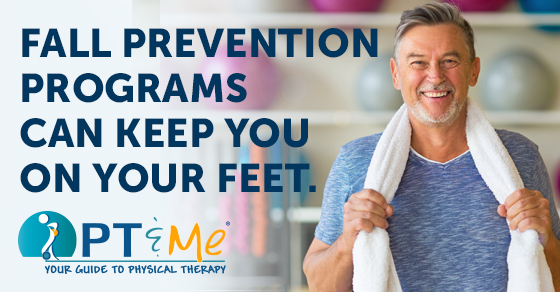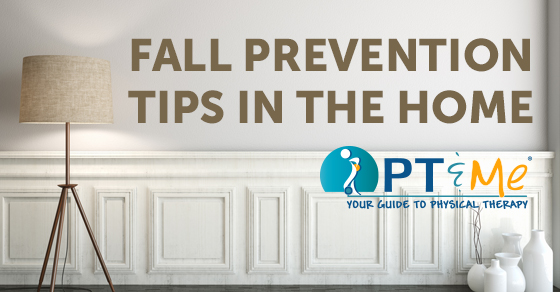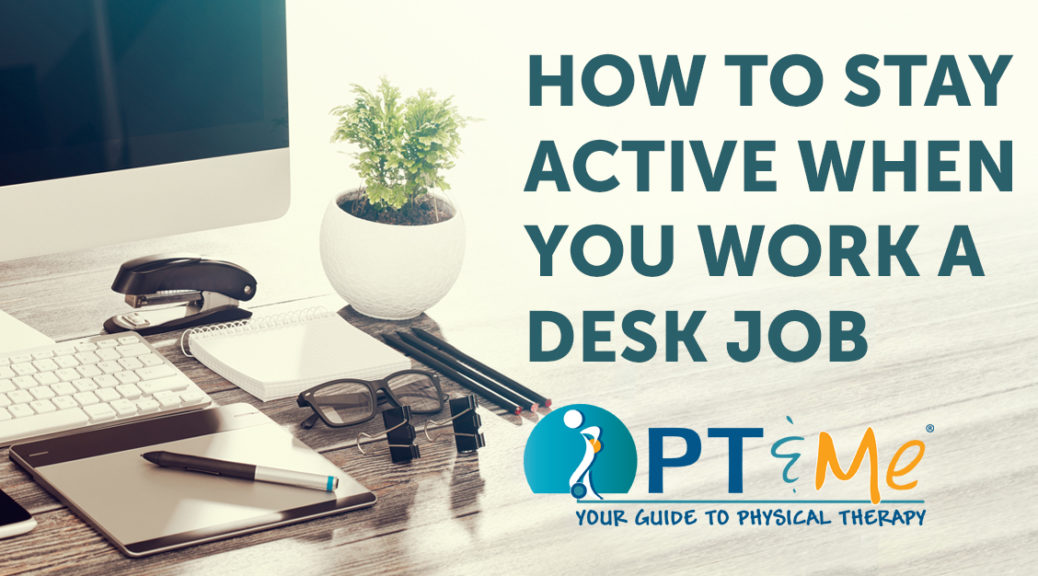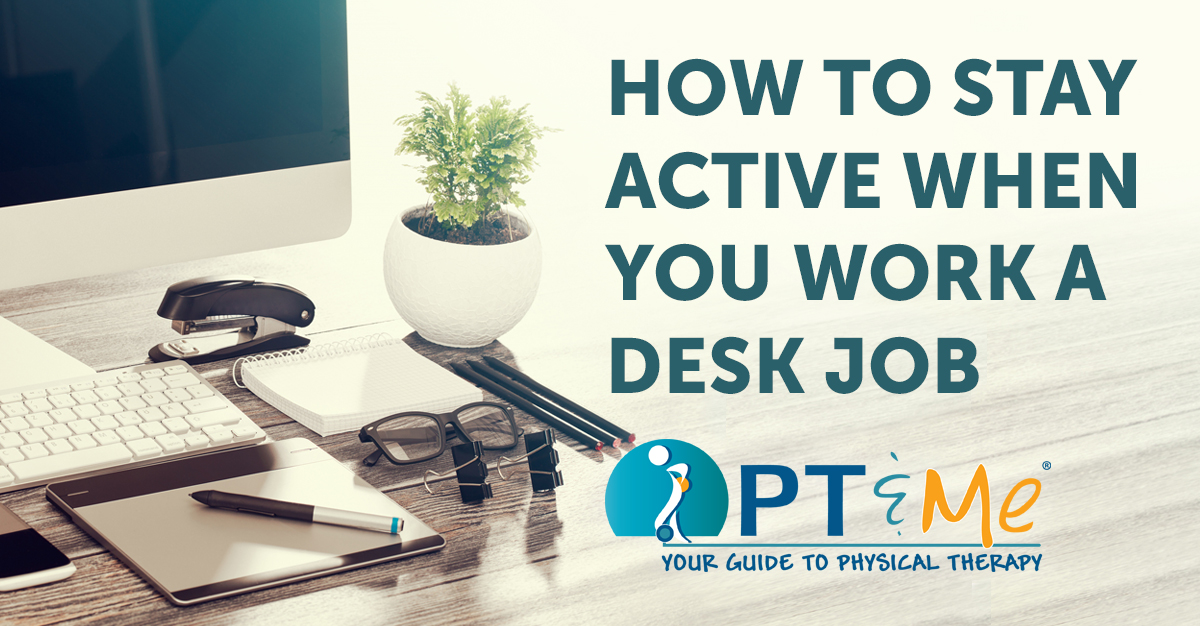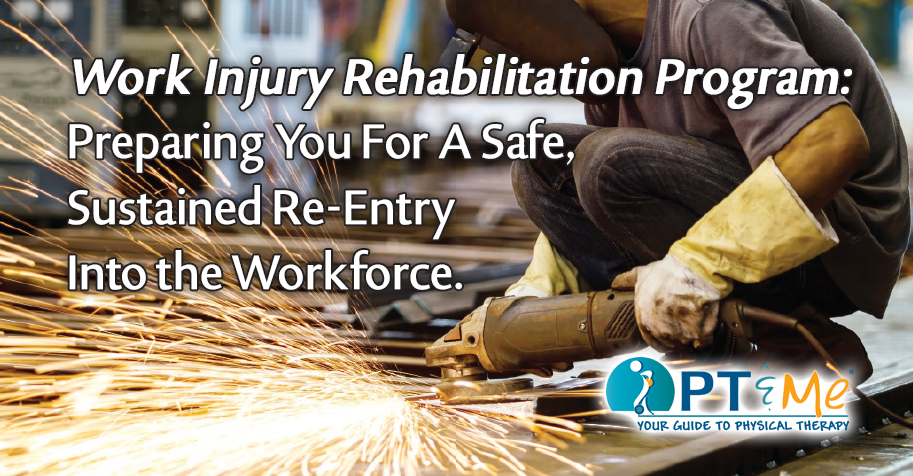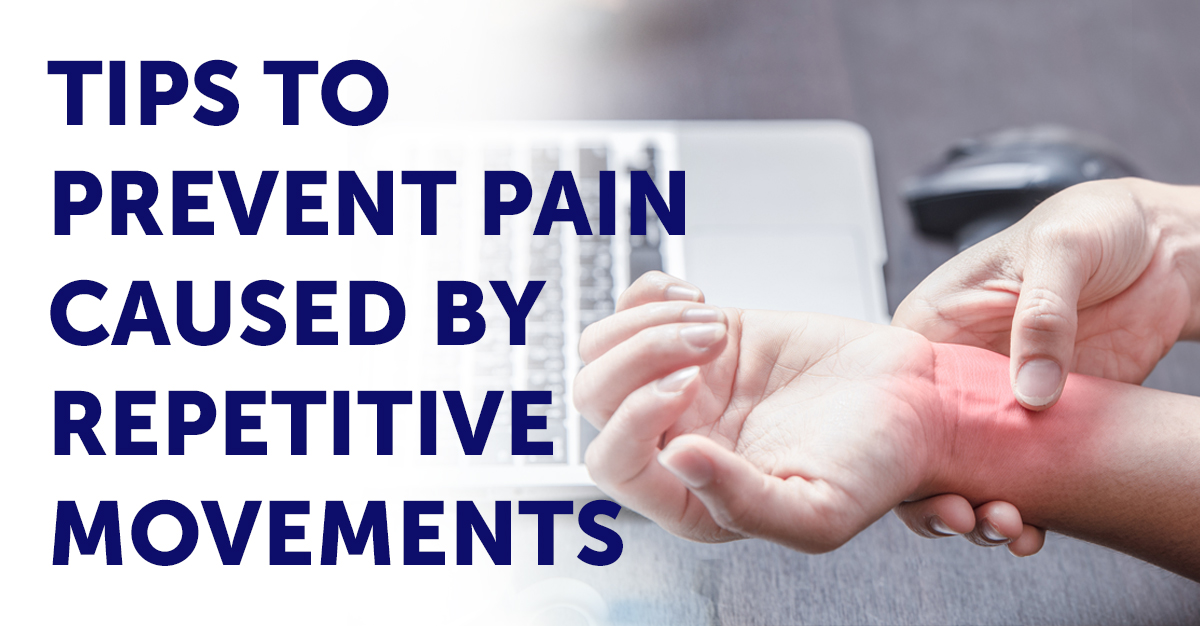
The modern lifestyle involves a lot of repetitive movements. Whether it’s industrial labor or computer-related work like typing, the chances are it has given you injuries. Even in your normal day to day life, using smartphones or tablets can really wear away at you. Much of this is related to a condition called repetitive strain injury and can range in severity. Mild aches in your extremities can develop into severe pain if not maintained or checked on. However, there are some ways you can prevent pain caused by repetitive movements.
The key to preventing pain is ensuring there are measures in place to stop it from happening in the first place. For personal situations, it’s sometimes a matter of common sense and caution. In the workplace, things can be more uncertain, so here are some tips.
Work Environment:
Setting up your work area for the day can be an important start. Workshops or industrial areas must be cleared of hazards and potential accidents. If you work at a desk or on a computer, set your chair up in a way that will reduce strain. Many cases of repetitive movement occur from being forced to work around your environment. The best method is prevention, and having your workplace accommodate you is a much simpler solution.
Regular Breaks:
Set regular breaks during your shift, incorporate stretches and exercises into these free periods. Even if you don’t have time for exercise, making use of small windows is good. If you’ve been stuck to a desk all day, try walking around the office or walking over to co-workers instead of emailing or messaging them.
If you’re a laborer in a warehouse, swap up positions, or rotate duties with a co-worker. An essential part of reducing repetitive movement is breaking off when you can and giving your body a change of pace. This is especially important on long workdays where you’re more likely to be worn out at the end of your shift.
Posture & Strain:
Bad posture can be the cause of many injuries, especially for the back and neck. If you work sitting down, make sure you have a proper office chair that can stand being used for over six hours a day. Laborers are taught how to handle heavy loads, making use of their knees and arms to reduce strained postures.
A lot of repetitive strain can come from tense muscles. This can be a result of many things, including stress or hyper-focusing. It’s important not to overdo any actions: try softer keystrokes or a relaxed grip — these will greatly reduce strain.
Repetitive movement still happens outside of the workplace, and the chances of developing injuries are just as common. If you are experiencing pain visiting a physical or occupational therapist can help you find the relief you need. Potential injuries caused by repetitive movement can be mitigated when addressed early. Physical and/or occupational therapy is a great way to help the body recover from and prevent future overuse injuries.
General Well-being:
On top of these, keeping your personal lifestyle as healthy as possible is also beneficial. Regular exercise and a good diet will promote toned muscles, healthy blood flow, and an overall stronger recovery system for your body. It also helps prevent some symptoms of repetitive strain, which include fatigue and weakness.
While repetitive movement is common in everyday life, that doesn’t make it any less important when avoiding injuries. The strain caused by such movement always has the chance to develop into severe pains that could require surgery. It can be prevented, however, with a good mix of preparation and attention.
Chronic repetitive strain injury pain left untreated may result in surgery. If your RSI pain has not gone away or continues to worsen please reach out to a local rehab provider for help. The faster you seek help, the sooner the body will recover.

Author bio:
After a long day’s work, Harper turns to yoga and meditation to successfully relax and destress. She’s also drawn to the Blues and easy-listening music. Check out her written pieces on her personal blog, Harper Reid.
